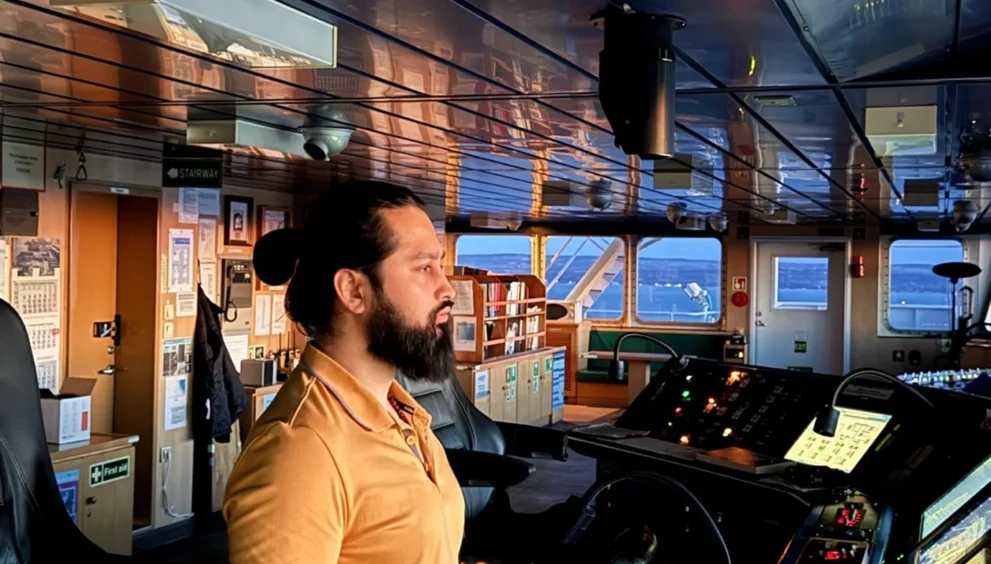Taking over a Bridge Watch
Taking over a bridge navigational watch is a serious duty that can only be achieved with the right amount of diligence and proper communication. Your task is to ensure you have taken over the watch officer’s current duties, which ensures safe navigation and the ship is as safe as possible.
The below is a simple step-by-step guide to take over a bridge watch over successfully:
1. Check Ship’s Position and Course
Check the position of the ship on the chart and pursue the intended course. As the new OOW you should check the passage plan for what comes next (including future waypoints or intended course changes). You should be monitoring any hazards to navigation on your intended course. You ought to compare the course steered with the course made good and the RPM of the engine. Was your final reported speed and target speed equal? You will be required to go over or raise any of these discrepancies and issues with the former OOW.
2. Check Surrounding Traffic and Situational Awareness
Completely scan your surroundings – both bridge wings – to evaluate traffic and dangers in the area. Next perform radar and ARPA scans to verify vessel positions, speed, and tracks. If you are already in close-quarters manoeuvres or have crossing vessels, delay the handover until the situation is alleviated or stabilized.
3. Watch Weather and Visibility Conditions
Weather can greatly affect navigation, particularly at night or in limited visibility. Monitor wind speed, wind direction, and set and drift of current. Adjust bridge lighting and indicators to avoid glare and preserve night vision. Note that the eyes take approximately 15 minutes to completely adjust to darkness.
4. Check Navigational Equipment and Settings
See that all navigation aids, including radar, gyro, ECDIS, and autopilot, are working well. Check to ensure that the error of the gyro is logged and recorded properly. Make adjustments to the settings of the equipment if necessary, but only after checking the present settings with the relief officer. When equipment is being serviced or faulty, indicate this clearly in the logbook.
5. Check Logbooks and Master’s Orders
Double-check the most recent logbook entries to keep up to date on special occurrences, such as course alterations, speed changes, or equipment problems. Inspect the Master’s standing and daily orders, as they can have particular instructions for the present watch. Signing the change of watch checklist is proof that all pertinent information has been received and comprehended.
6. Continuously Communicate Deck and Engine Room Activities
Be aware of ongoing activity on the deck or in the engine room – e.g., maintenance, cargo, or people working aloft – which might influence bridge watchkeeping. Verify the communications available to the lookout and ensure that the helmsman is informed of activity currently proceeding that needs prompt attention.
7. Verify Readiness Before Relieving
Feel free to ask any clarifying questions of the officer you are replacing. If you are not fully satisfied with the response about the vessel’s position, course, or surrounding traffic, do not proceed with the handover. Ultimately, consult the Master for further guidance if necessary. Once you are fully comfortable in your situation, formally take over the watch, and continuously monitor activities throughout the watch.
An effective bridge watch handover is not merely a matter of passing information — it’s a matter of actively reviewing the situation, checking important data, and being thoroughly set up to operate the vessel safely. Completing these steps will result in a smooth and efficient handover, ensuring safety for both crew and vessel.


